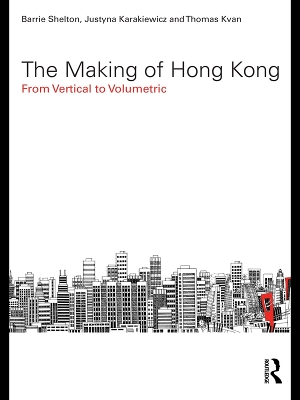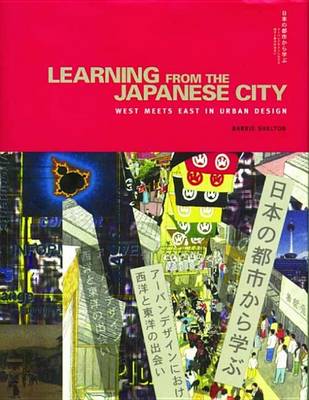Planning, History and Environment
3 total works
The Making of Hong Kong
by Barrie Shelton, Justyna Karakiewicz, and Thomas Kvan
This book investigates what the history of Hong Kong's urban development has to teach other cities as they face environmental challenges, social and demographic change and the need for new models of dense urbanism.
The authors describe how the high-rise intensity of Hong Kong came about; how the forest of towers are in fact vertical culs de sac; and how the city might become truly 'volumetric' with mixed activities through multiple levels and 3D movement networks incorporating 'town cubes' rather than town squares.
For more information, visit the authors' website: http://www.makingofhk.com/makingofhk.swf
Japan is the first modern 'free world' superpower with a non-Western culture; its prominence in the world grows day by day. As a result, there is a burgeoning interest in the West in all aspects of Japanese culture.
Japanese gardens and buildings have received considerable exposure recently but this timely publication is the first exposition of the Japanese city. It covers the form, character and organization of the buildings and spaces in Japanese cities and particularly the relationships between the buildings, squares and streets.
The author provides a historical overview of Western attitudes to Japanese built-form and contrasts these relationships in Japan with those of the West and explores the very different ways of thinking about space and time that underpin these contrasts in city form and organizations.
The Shaping of Urban Design: Western History, Intercultural Future provides a comprehensive history of the development of modern urban design ideas across Europe and America and discusses their impact upon different settings across the world. With a particular focus on Australia, Shelton delves into the effects of these ideas in colonial settings with no previous urban past. Non-western cultures are also explored to understand the in-built resistance in large cities with different spatial values. Shelton pulls together the discussion to reflect upon the achievements of Western urban ideas in the face of their continuing dominance and pervasiveness.


